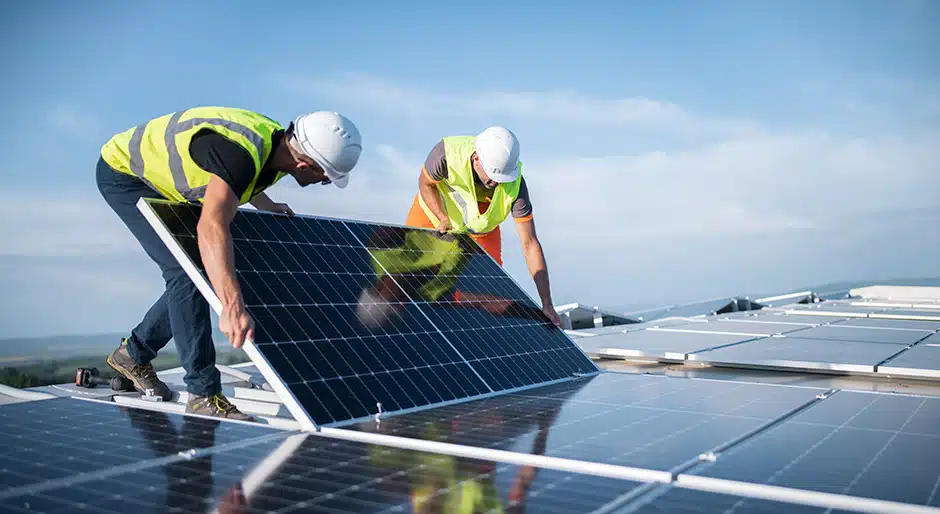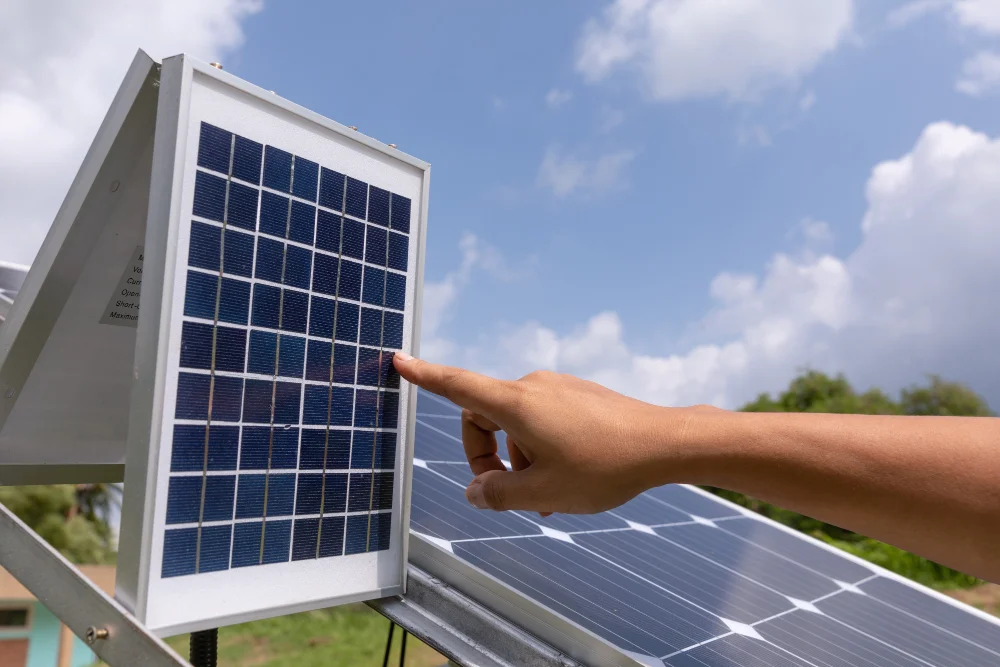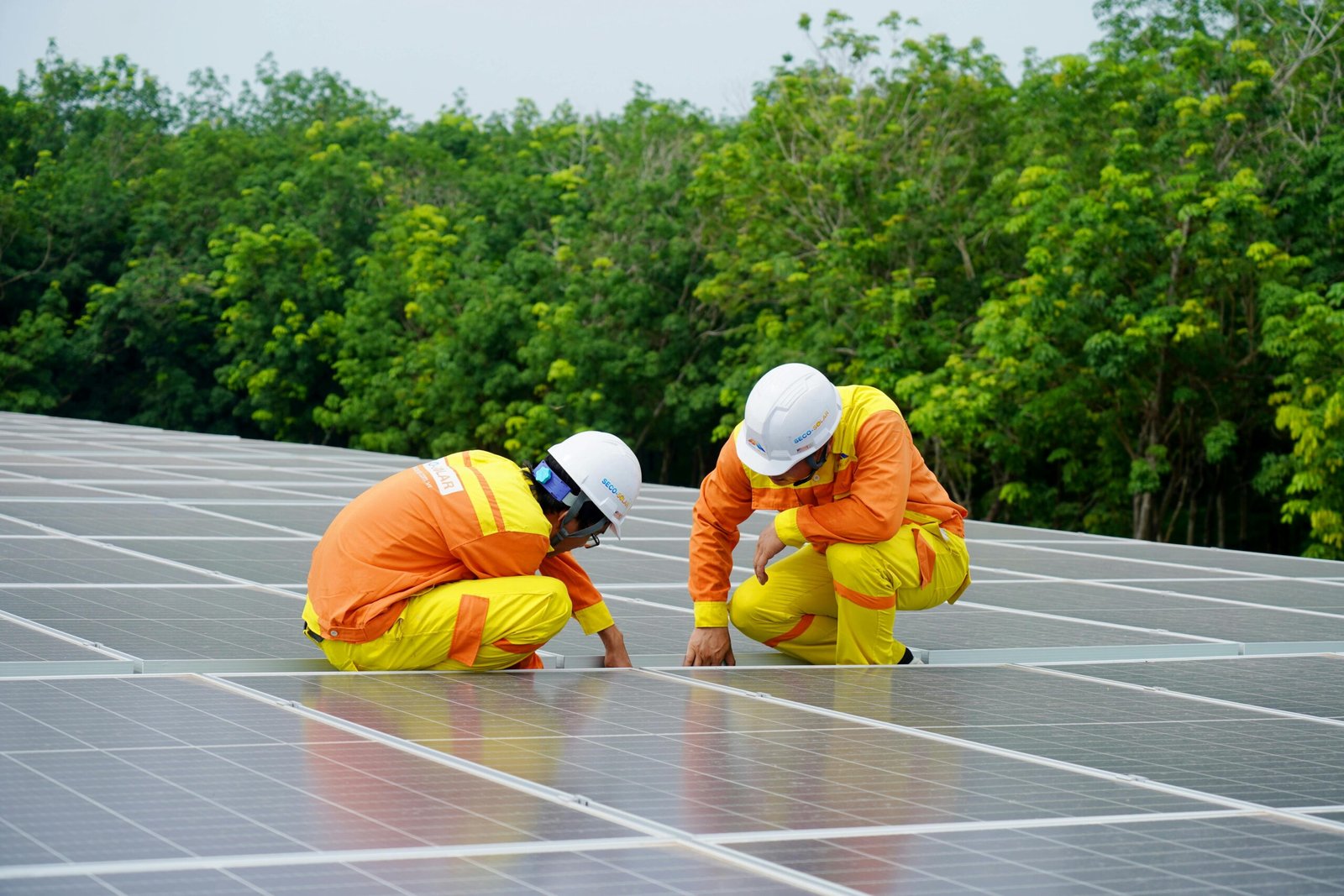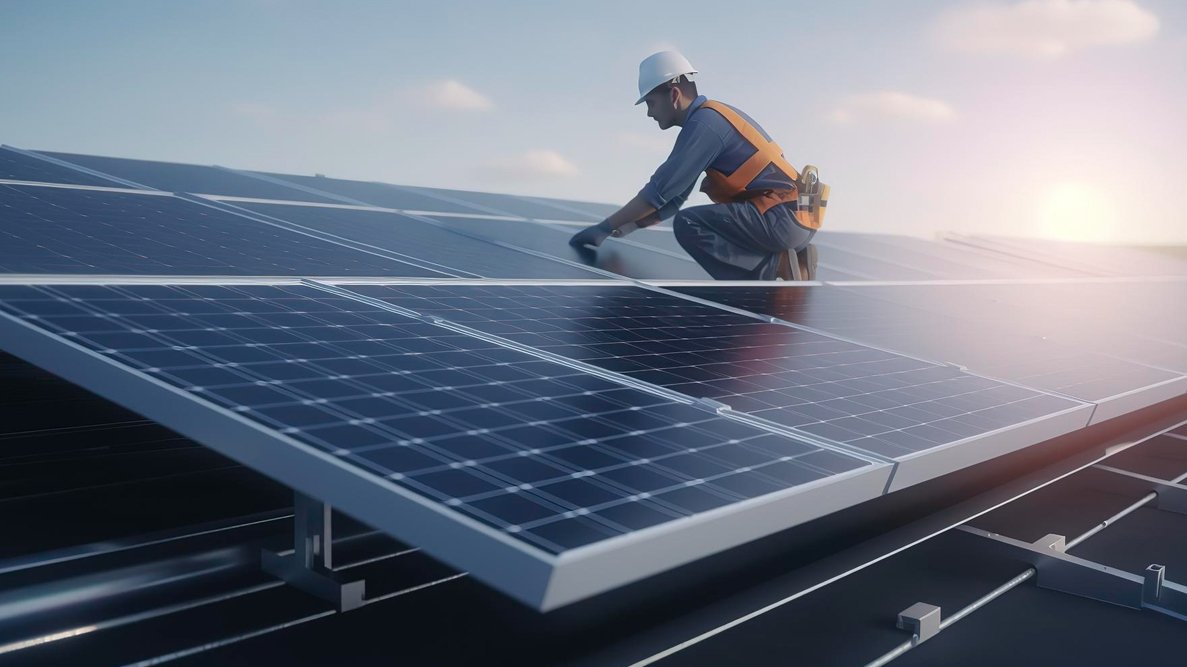Imagine a family in rural India, their faces etched with worry as they watch the electricity meter spin. Its relentless whirring mirrors their rising energy bills. Now, picture the same family, smiles blooming on their faces as sunlight beams down, powering their home through a residential solar panel – a symbol of hope, independence, and a brighter future. This vision, once a dream, is now closer than ever thanks to the Pradhan Mantri Suryodaya Yojana, a game-changing initiative announced in the interim Union Budget 2024/25.
The release of the interim Union Budget 2024/25 comes at a pivotal time for India’s renewable energy goals and climate commitments. With the COP26 Glasgow pact emphasizing accelerated decarbonization globally, India faces mounting urgency to ramp up renewable energy adoption and phase down coal usage. This makes the 2024/25 budget particularly significant as it shapes India’s energy policy priorities for the coming fiscal year.
Against this backdrop, the budget takes on heightened relevance for India’s renewable energy landscape. As of 2022, India had installed just over 63 GW of solar energy capacity. However, to achieve its ambitious target of 500 GW of renewable energy capacity by 2030, the country needs a massive boost in annual capacity addition. This requires strategic policy action and schemes to catalyze growth across the renewable energy value chain.
Pradhanmantri Suryodaya Yojana Announcement
Marking a significant moment for India’s renewable energy push, Finance Minister Nirmala Sitharaman unveiled the Pradhanmantri Suryodaya Yojana in the interim Union Budget 2024/25. This ambitious new scheme aims to catalyze rooftop solar adoption across the country by providing free electricity to millions of households.
Specifically, the program plans to offer up to 300 units of solar power every month to beneficiaries free of cost. This will allow households not just to meet their own energy needs but also sell back surplus electricity generated through rooftop solar systems.
The target is to reach 10 million households through the Pradhanmantri Suryodaya Yojana. Considering an average 5 kW rooftop solar system size, this could translate into a massive 50 GW capacity addition under this initiative alone. Essentially, the program can provide the thrust required to ignite substantial growth in the rooftop solar market and bridge the gap in India’s renewable energy ambitions.
Addressing Slow Pace of Rooftop Solar
The Pradhanmantri Suryodaya Yojana comes at an opportune time, as India has struggled to meet its rooftop solar targets despite the vast potential. The country had set an ambitious goal of 40 GW of rooftop solar capacity by 2022. However, the progress has been slow, with less than 15% of the target achieved by mid-2021.
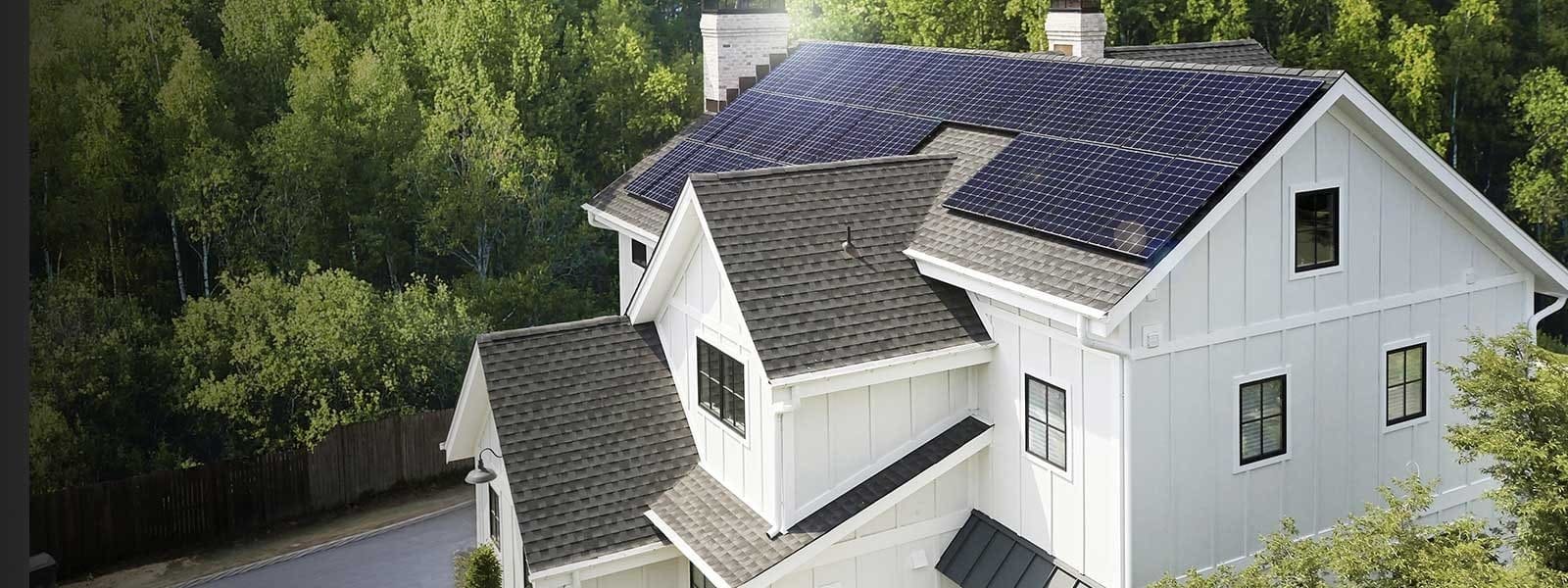
As of March 2021, the cumulative rooftop solar installations stood at just around 6.5 GW, well short of the 40 GW mark envisioned. While several policies and schemes have aimed to promote rooftop solar adoption, ranging from subsidies to financial incentives, the results have not matched expectations.
High upfront costs, lack of consumer awareness, policy uncertainties are some of the key challenges that have inhibited faster rooftop solar deployment. The sluggish growth has been a concern, preventing the country from fully harnessing its enormous rooftop solar potential estimated at about 170 GW.
Boosting Rooftop Solar Adoption
The Pradhan Mantri Suryodaya Yojana aims to catalyze widespread rooftop solar adoption by offering strong financial incentives to households. Under this scheme, beneficiaries will receive up to 300 units of free electricity per month generated from rooftop solar installations. This effectively subsidizes the cost of going solar, making it an attractive value proposition for households across India.
Additionally, the government has revised the Central Financial Assistance (CFA) provided for residential rooftop solar projects. Homeowners can now avail increased CFA of 40% of the benchmark cost of solar rooftop systems up to 3kW capacity. For systems above 3kW and up to 10kW, the CFA has been enhanced to 20% of the benchmark cost.
These subsidies and grants will help offset the upfront installation expenses for rooftop solar, encouraging more homeowners to adopt clean energy. By easing the financial burden, the Pradhan Mantri Suryodaya Yojana removes a key barrier to large-scale rooftop solar deployment in India. The scheme essentially catalyzes demand, while also stimulating growth across the solar value chain.
Empowering Households with Pradhanmantri Suryodaya Yojana
The Pradhanmantri Suryodaya Yojana promises to bring substantial benefits for households across India by providing up to 300 units of free electricity every month to homes with rooftop solar installations. This will allow millions of households to meet a significant portion of their electricity needs through clean solar power generated from their own roofs.
For many lower and middle income homes, high electricity bills can be a financial burden. By harnessing the sun’s energy at no cost, households can drastically cut their monthly expenditures on grid electricity. The surplus solar power generated can also be sold back to distribution companies, enabling beneficiaries to earn additional income.
Solar rooftops essentially turn homes into power plants, allowing families to take charge of their own energy production. This promotes energy independence and resilience at the grassroots. Rooftop solar unlocks a sustainable, long-term solution to meet household electricity demand without relying solely on fossil fuels.
The promise of free solar power is a major motivator for homeowners to adopt rooftop installations. With substantial savings on monthly bills, the Pradhanmantri Suryodaya Yojana makes the switch to solar energy highly appealing from a financial perspective. This can drive rapid voluntary adoption of rooftops across urban and rural areas, a key step in realizing India’s renewable energy goals. The scheme empowers households to become active stakeholders in the clean energy transition.
Stimulating the Solar Value Chain
The Pradhanmantri Suryodaya Yojana is expected to have far-reaching positive effects on the solar value chain, from manufacturers to installers. With the aim of reaching 10 million households in the next few years, the demand for solar panels and ancillary equipment will see a significant boost.
Domestic solar panel manufacturers are likely to ramp up production capacities to cater to the rise in demand. This bodes well for companies invested in India’s manufacturing ecosystem such as Tata Power Solar, Adani Solar, Waaree Energies, and Vikram Solar. The increased scale of production will drive greater economies of scale, further reducing solar power generation costs.
Likewise, the number of installations is set to exponentially increase across India’s towns and villages. Solar installers and EPC companies like – Fourth Partner Energy, Amplus Solar, CleanMax will need to scale up operations and workforce to deliver on time. The creation of green jobs by the thousands will give a fillip to employment in technical and ancillary services. Companies like Soleos Solar Energy already have a headstart in rooftop solar projects. More players are expected to throw their hats into the ring.
The comprehensive plan also includes upgrading the distribution infrastructure to support solar rooftop connectivity and net metering. This will open up additional opportunities for solar inverter suppliers, distribution and transmission companies to enable seamless grid integration.
With a clear implementation framework and incentives in place, the Pradhanmantri Suryodaya Yojana promises to unleash a solar revolution across the value chain. The ripple effects on innovation, job creation and economies of scale will be transformational for India’s renewable energy landscape.
Bridging the Renewable Energy Gap
The Pradhan Mantri Suryodaya Yojana, launched recently, is set to provide a significant boost to India’s renewable energy ambitions. The initiative aims to reach 1 crore (10 million) households across India through rooftop solar adoption, potentially adding around 50 GW of decentralized solar capacity. This would represent a major stride towards bridging the renewable energy gap, bringing India closer to achieving its sustainable energy goals.
India had set an ambitious target of 175 GW of renewable energy capacity by 2022, of which 100 GW was earmarked for solar power. However, progress has been slower than desired, with just over 72.31 GW of solar power commissioned by the end of 2023. The rooftop solar segment specifically has languished, accounting for less than 11.08 GW out of the 40 GW target set for 2022.
The Pradhan Mantri Suryodaya Yojana can provide the thrust required for rooftop solar to leapfrog towards its goals. By spurring the installation of solar panels across millions of rooftops, it can contribute significantly to not just the rooftop solar target, but also the overall renewable energy vision. The 50 GW capacity addition expected from this scheme would take India much closer towards its 100 GW solar goal.
Thus, the Pradhan Mantri Suryodaya Yojana promises to reinvigorate India’s renewable energy landscape. Its potential impact stretches beyond households to bridge the gap between India’s sustainable energy ambitions and on-ground realities. The scheme’s effective implementation could well accelerate India’s solar energy adoption and leadership in powering a greener future.
Implementation Framework
The implementation of the Pradhanmantri Suryodaya Yojana will involve coordination between central and state agencies to ensure smooth rollout across the country.
The Rural Electrification Corporation (REC), a public infrastructure finance company under the Ministry of Power, will serve as the nodal agency for this program. REC will be responsible for overall monitoring and administration of the scheme. This includes finalizing timelines, allocating targets to states, tracking progress, and managing the subsidy disbursement for rooftop solar installations.
At the state level, designated nodal agencies such as the State Nodal Agencies (SNAs) will implement the program. The role of SNAs involves identification of beneficiaries, facilitating rooftop solar system installation, and ensuring timely subsidy disbursal. They will work closely with DISCOMs and other stakeholders within the state to drive adoption.
The involvement of multiple agencies highlights the collaborative approach envisioned to ensure smooth and timely rollout across India’s diverse geography. With clearly defined roles and oversight by REC, the implementation framework sets the stage for expediting rooftop solar adoption among Indian households. The success will depend on seamless coordination between central and state players in taking this vision forward.
Looking Ahead with Pradhanmantri Suryodaya Yojana
The Pradhanmantri Suryodaya Yojana holds tremendous promise for catalyzing rooftop solar adoption in India. If implemented efficiently, it can usher in a new era of decentralized, clean energy access for millions.
However, some key challenges need to be addressed for the scheme to achieve its ambitious targets.
– Awareness Building: Many households are still unaware of the benefits and financial incentives of rooftop solar. Engaging localized awareness campaigns will be crucial for driving adoption.
– Access to Finance: Upfront costs of rooftop systems remain a barrier for lower-income households. Innovative financing models like solar leasing need focus.
– Grid Integration: With higher rooftop solar penetration, integrating such intermittent power with the grid needs careful planning, especially in terms of net metering policies.
– Skill Development: Rooftop solar is a new domain and requires trained personnel for installation and maintenance. Vocational skill programs will be essential.
– After-Sales Service: Ensuring quality installation and post-sales servicing will build confidence among households to go solar.
– Monitoring and Evaluation: Robust data collection will be key to track the rollout, identify issues in real-time and undertake course corrections.
With concerted efforts to address these challenges, the Suryodaya Yojana can potentially galvanize India’s rooftop solar segment and deliver affordable, clean power equitably across the country. The future is bright for solar to electrify Indian households sustainably.
Conclusion
The announcement of the Pradhanmantri Suryodaya Yojana in the interim Union Budget 2024/25 marks a watershed moment for India’s renewable energy landscape. This ambitious scheme aims to provide 300 units of free electricity monthly to 10 million households through rooftop solar installations, catalyzing widespread adoption.
The significance of this initiative cannot be overstated. It promises to inject fresh momentum into India’s lagging rooftop solar sector while empowering households to become prosumers. If successful, it can potentially add 50GW of decentralized solar capacity, delivering a huge boost to India’s renewable energy goals.
Beyond the numbers, the scheme underscores the government’s commitment to democratizing clean energy access for the common citizen. It stimulates growth across the solar value chain, creating jobs and enabling innovation. The complementary state subsidies and revised incentives further sweeten the deal for households eyeing rooftop solar adoption.
As India strives to bridge its renewable energy gap, the Pradhanmantri Suryodaya Yojana has the potential to emerge as a gamechanger if implemented effectively. It can brighten India’s solar future while taking the country closer to its sustainability objectives. The coming months will reveal the on-ground impact of this visionary initiative.
Disclaimer: This blog is not intended as financial advice. Please consult with a qualified professional before making any investment decisions.
Contact us today at +91-8320095024 or visit www.soleosenergy.com to learn more about future of solar energy in India. Feel free to reach out with any questions or to start your solar journey!

Be part of this solar transformation. Pledge your commitment today to Solarize Bharat through Soleos Solar Energy Pvt. Ltd.. Let’s power our nation sustainably and equitably through homegrown, future-oriented solutions. The future is bright and solar!
Stay solar-powered and environmentally inspired!
P.S.: Share this blog with fellow solar enthusiasts to spread the word about the exciting world of solar energy!

